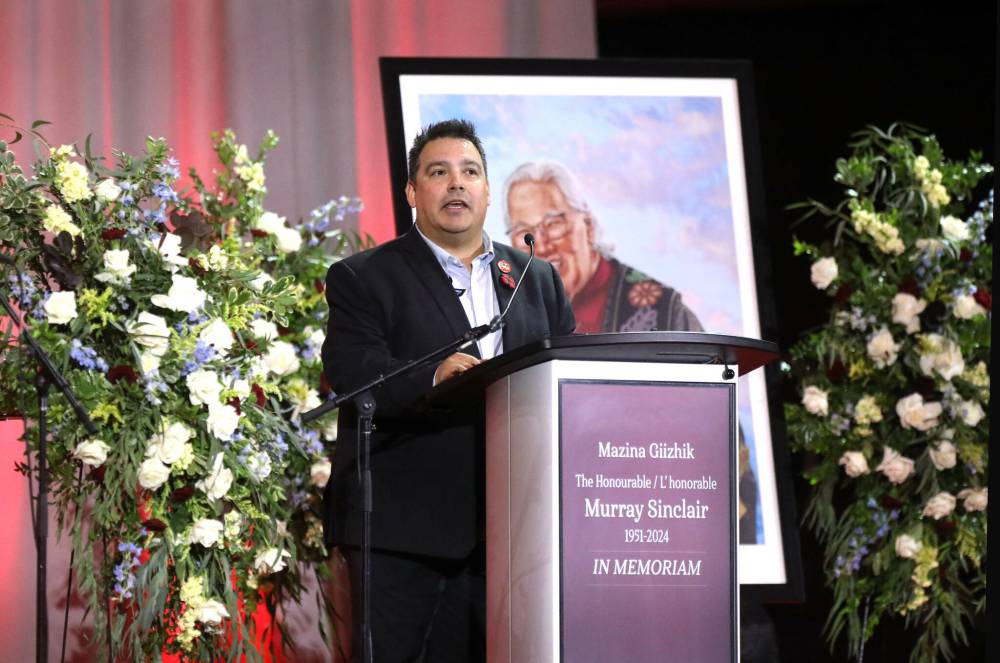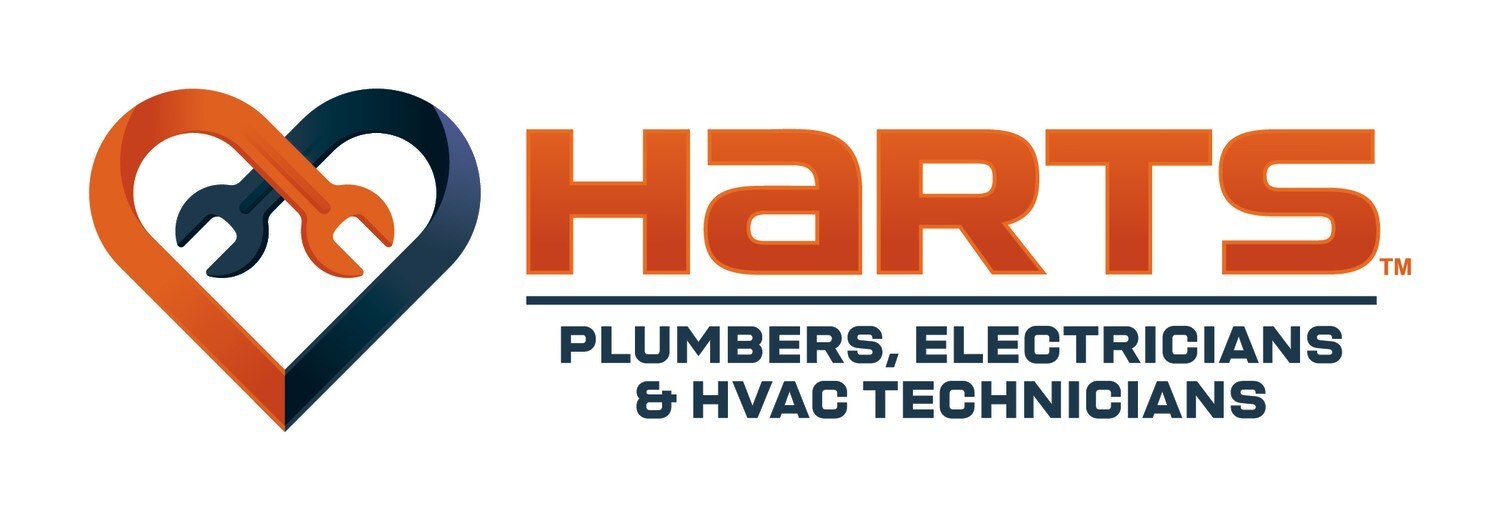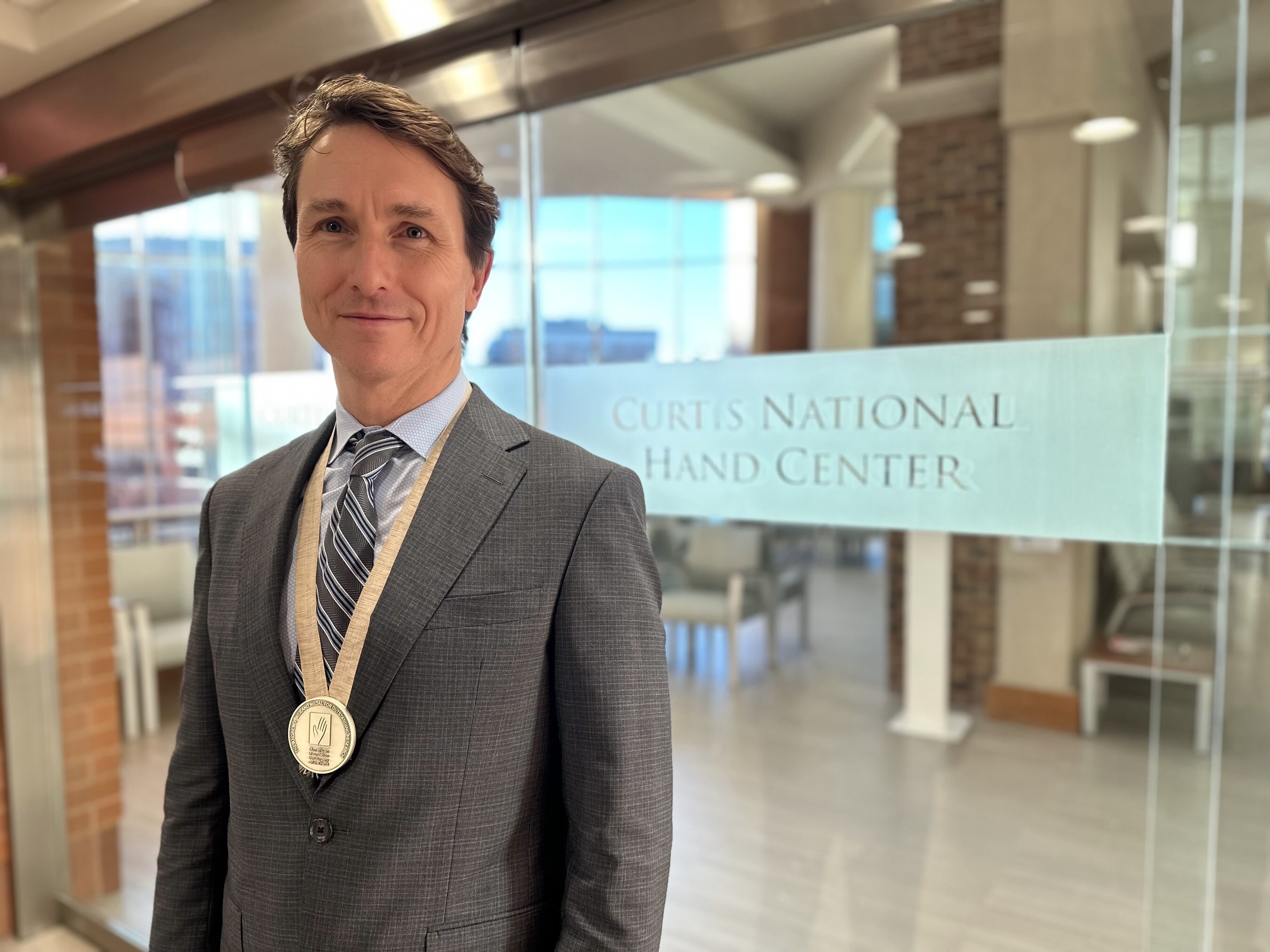
On Monday evening, Nov. 4, I wasn’t the only one weeping as the passing of retired justice Murray Sinclair was reported on CBC’s . Adrienne Arsenault, the typically cynical war-zone-reporter-turned-anchor, verged on tears as she praised the humble activist.
Read this article for free: Already have an account? To continue reading, please subscribe: * On Monday evening, Nov. 4, I wasn’t the only one weeping as the passing of retired justice Murray Sinclair was reported on CBC’s . Adrienne Arsenault, the typically cynical war-zone-reporter-turned-anchor, verged on tears as she praised the humble activist.
Read unlimited articles for free today: Already have an account? Opinion On Monday evening, Nov. 4, I wasn’t the only one weeping as the passing of retired justice Murray Sinclair was reported on CBC’s . Adrienne Arsenault, the typically cynical war-zone-reporter-turned-anchor, verged on tears as she praised the humble activist.
What does reconciliation look like after its primary advocate passes? Where are we Canadians in the implementation of the 94 recommendations put forward by the 2015 Truth and Reconciliation Commission? Canada’s commitment to this course of action got temporarily stalled after the dramatic 2022 apology from the Pope. It’s not for a lack of leadership, study, policy analysis or protracted meetings. Truth and Reconciliation just needs a reboot.
RUTH BONNEVILLE / FREE PRESS Murray Sinclair’s son Niigaan Sinclair speaks proudly of his father’s legacy at a commemorative service on Nov. 10. A crucial part of that legacy is work we have yet to do.
The 94 calls to action are Sinclair’s pragmatic legacy. It’s up to us to implement them. Think back to late 2015 when the report was first published.
Part one: Legacy (1-42) and Part two: Reconciliation (43-94). Legacy outlines recommendations in the key areas of child welfare, education, language and culture, health and justice. Reconciliation deploys the UN Declaration on the Rights of Indigenous Peoples as its framework.
It called upon Pope Francis to issue a formal apology. We all saw the July 2022 news clips of the Pope sharing a ceremonial ritual of apology and reconciliation with Canada’s First Nations leaders. The Catholic Church finally paid out the $50 million in compensation owned to First Nations the same year with a promise of $30 million forthcoming over five years.
The 94 calls to action asked for equity for Indigenous people in the legal system. To call this recommendation a work in progress is glib. The appalling 2018 Boushie verdict — which found farmer Gerald Stanley not guilty of murdering Colten Boushie — is a case study in the demonstration of the wide gap between Saskatchewanians and First Nations.
Without justice, there can be no reconciliation. Call to action No. 94 asks for the federal government to restore funding to the CBC and for the Aboriginal Peoples Network to support reconciliation in its programming.
It calls upon Canadian journalism schools to expand the curriculum to include Indigenous history, the legacy of residential schools, the United Nations Declaration of on the Right of Indigenous Peoples, treaties and Indigenous rights, Indigenous law and Aboriginal-Crown relations. If Pierre Poilievre is elected prime minister, he’ll axe the CBC. It’s a part of his retrograde campaign platform.
No different than when Conservative prime minister Stephen Harper swapped out Liberal predecessor Paul Martin’s 2005 Kelowna Accord with its $5.1 billion in proposed funding. Harper chose a more cost-effective parliamentary apology ceremony instead.
The death of Martin’s innovative public policy approach — where First Nations led and directed the discussions and priorities — led to years of social and economic stagnation on Canada’s First Nations. It has yet to be matched in terms of scope and scale. It’s now 18 years since the Kelowna Accord was scrapped.
And nine years since Sinclair’s Truth and Reconciliation Commission issued its comprehensive report. Many of the 94 calls to action have fallen on deaf ears. We could take the easy route and blame the pandemic, the Harper government, current Prime Minister Justin Trudeau or our collective apathy and indifference.
Yet no blame falls to Sinclair who worked tirelessly to work together and advance reconciliation. Sinclair dreamed big. His vision was inclusive and comprehensive.
He left no wiggle room for half-measures and empty promises. On the other side of blame lies responsibility. As Canada matures as a nation, it only follows that we embrace our shared history with First Nations, engage in truthful dialogue and take meaningful action.
If there’s one province in Canada where there’s hope for the future implementation of the 94 calls to action, it’s Manitoba. Canadians currently live in two nations with two diverging standards of living. It’s time for real reconciliation, alignment and authentic community.
Winnipeg Jets Game Days On Winnipeg Jets game days, hockey writers Mike McIntyre and Ken Wiebe send news, notes and quotes from the morning skate, as well as injury updates and lineup decisions. Arrives a few hours prior to puck drop. News followers will recall the intense reporting and crisis level concern last summer when the city of Calgary experienced a water shortage from infrastructure breakdown.
Imagine the same concern extended to Saskatchewan’s One Arrow First Nation when it announced another boil water advisory on its Facebook page. Whenever I seek wisdom, I plunder my late father’s book collection. Today’s offering is Chief Dan George’s .
“Of all the teachings we receive this one is the most important: Nothing belongs to you of what there is, of what you take, you must share.” Let’s work together to build a better Canada, one founded on universal justice, economic opportunity and real equality. Let’s do it for Murray Sinclair.
Sinclair already drew us a map — because he knew the way. Patricia Dawn Robertson is an independent Saskatchewan journalist. Advertisement Advertisement.










